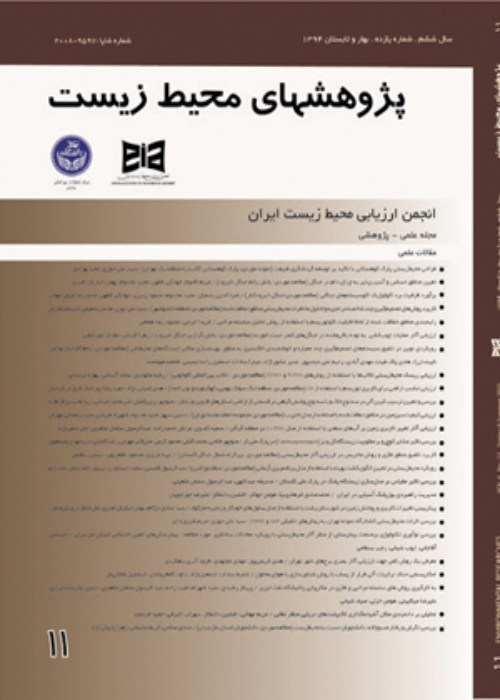Exploring the Structural Relationship Between Students’ Components of Environmental Literacy and Their Environmental Activities (Case Study: Shahid Bahonar University of Kerman)
The purpose of this study was to investigate the structural relationships between the fourfold components of students’ environmental literacy (knowledge, attitude, concern and responsibility) and their environmental activities through a structural equation modeling. The population was comprised of all undergraduate and graduate students of Shahid Bahonar University of Kerman (11692 students) in 2017-18 academic year. A total of 375 students were selected as the sample. Research instrument was Environmental Literacy Questionnaire (adopted from Teksoz et al.,). Reliability of the instrument was calculated through internal consistency method and the Cronbach’s alpha was calculated at 0.89. The confirmatory factor analysis (CFA) was used to assess validity of the questionnaire. Data were analyzed through structural equation modeling (SEM) using Lisrel software, version 8.8. Results showed that the proposed model fits the data and can explain the relationship between the variables in a good manner. Accordingly, there was a positive and significant direct relationship between knowledge and environmental concern, knowledge and environmental responsibility, concern and environmental attitude, attitude and environmental responsibility, knowledge and environmental activity, concern and environmental responsibility, and concern and environmental activity. However, there was no significant relationship between knowledge and environmental attitude, and concern and environmental activity. The results of the fitted model showed that the variables environmental knowledge, attitude, and concern explained 66 percent of the variance of students’ environmental responsibility, and the variables of environmental knowledge, attitude and responsibility explained 22 percent of the variance of environmental activity. The results have important implications for the role of the students’ components of environmental literacy in designing environmental education programs in academic contexts.
- حق عضویت دریافتی صرف حمایت از نشریات عضو و نگهداری، تکمیل و توسعه مگیران میشود.
- پرداخت حق اشتراک و دانلود مقالات اجازه بازنشر آن در سایر رسانههای چاپی و دیجیتال را به کاربر نمیدهد.




